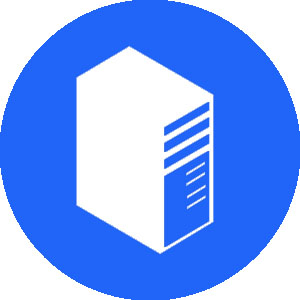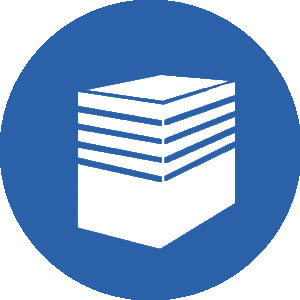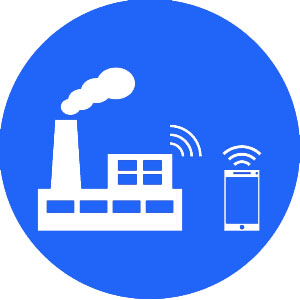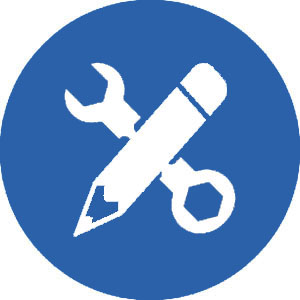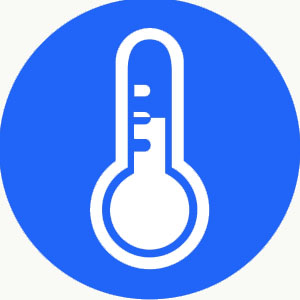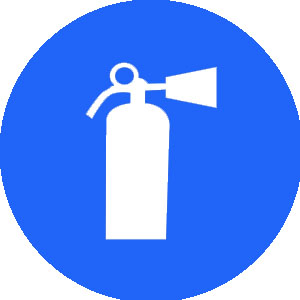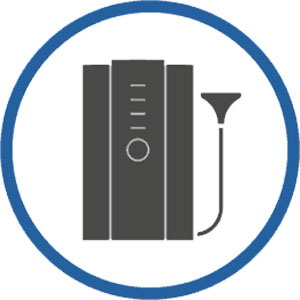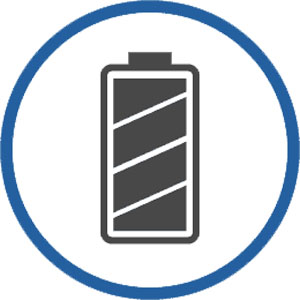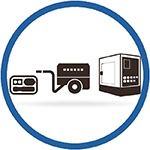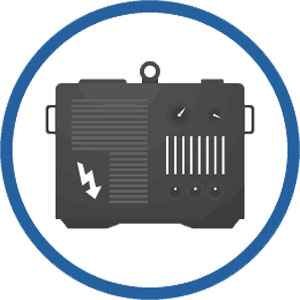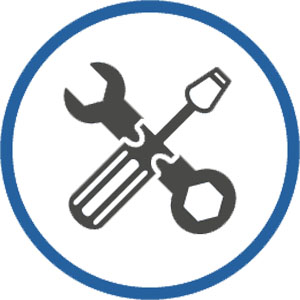Standby power: understanding power quality issues
Typically, when we think of power failure, we think of a complete blackout. However, power failure can also mean that the quality of the supply is in some way inadequate, and each quality issue can affect electrical equipment in different ways. Here are some of the key issues:
Surges and spikes
Surges and spikes are very short bursts of very high-energy voltage. Typically they only last for a few milliseconds, and are usually caused by electrical storms or disturbances from inductive motors in refrigeration units, lifts or escalators. Surges and spikes can lead to gradual degradation of electronic components, such as printed circuit boards, processor damage, memory loss and data corruption.
Sags
Sags are quite common and occur when the mains power voltage drops below the normal supply level. This usually happens when high demand electrical devices such as industrial machinery or air conditioning units - are on the same local circuit. Sags can cause data processing hardware to fail, lock up or reboot, and power supply units can overheat.
Brownouts
Brownouts are caused by an extended reduction in mains power below the normal power supply voltage. The effect on equipment is similar to the affects experienced during a sag. However, power supply units will be affected more due to the extended nature of the fault.
Electrical noise
Electrical noise is a high-frequency disturbance that can disrupt and damage electrical circuits. Some possible causes of electrical noise are radio transmitters, flickering lighting, faulty cabling and switchgear.
Harmonics
Harmonics can cause distortion of the mains supply voltage. It can lead to overheating switchgear, transformers and wiring circuits.
Need some help?
If you want to talk about your standby power requirements, why not contact us? We can help identify the power failure issues that might affect your organisation.









